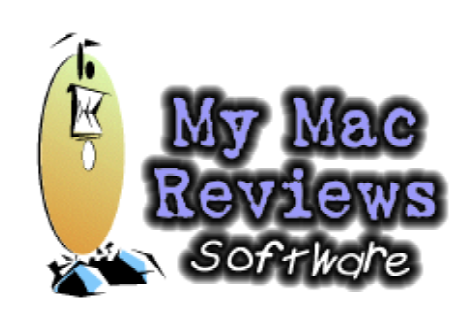I have seen several reviews of small text editors, including TexEdit, and PlainText, but never a really good one of PlainText. I’ve used both, and while TexEdit is more powerful, stable, style and sound-capable, PlainText is the one I mostly use. It has a couple of features that are unmatched in any word processor I’ve seen.
The first is the ability to quickly “massage” any sort of wacko Internet text lines into coherent paragraphs. Now I know TexEdit does this also, and even does it quicker, but it isn’t always possible to do a good job on all documents with its wholesale commands. Often the line endings are all erased, and you end up losing the formatting in lists, charts, etc., that are so common in semi-technical documents.
For this reason I use PlainText, and its all-powerful command, Form Paragraphs (Cmd-J). As you quickly read the document the first time through, you just highlight what you think should be a paragraph, and hit Cmd-J, leaving the lists alone. From then on you can change the screen size, etc., and the text flows properly. You are basically only formatting one paragraph at a time, but I find that I have to read these articles pretty slowly anyway, so it’s no big time loss.
After you’ve formatted your paragraph, you can use the second great feature, Bookmarks. No other small text editor that I’ve seen does this as well. You just select a few descriptive words at the beginning of a paragraph, and choose Mark (Cmd-M). A dialog box gives you the option of using or modifying your selected title, or typing in your own descriptive name. These can be pretty long (I counted 63 spaces). Hit “OK” and your named bookmark appears in a drop-down list under Mark. They can be scrolled if there are too many to fit on the screen. A toggle can change them to alphabetical order.
Now all you have to do is pull down your bookmark list, highlight one, and let go-you’ll be taken right to the spot.
When you’re done, or right away if you’re the cautious sort,use “Save As” (important: a “Save” will leave the document in its original format, and you’ll lose your bookmarks). Keep the same name and place (navigate to find it), and allow PlainText to replace the original article. From then on it can just be double-clicked to open.
Bookmarks are unbelievably useful for long articles, and more than make up for the rather anemic text formatting tools (one font, one size, one style).
The “find” tools are also easy to use, with a Find Menu that allows you to find a selection, or find it repeatedly. This is useful for navigating a document with a text table of contents (such as TidBITS), or when you want to read all the paragraphs relating to a topic. There are several more find/replace, sorting and numbering functions (less than BBEdit lite, but more than I know what to do with).
PlainText will open large documents, if you give it enough memory (it can’t borrow any from the System). Its documents are text, and can be opened by SimpleText (if <32K) or others (though you can’t see the bookmarks). It supports Drag and Drop and Clipping (if you have it).
Regarding the earlier mentioned “stability”, I’ve found that PlainText will freeze, etc. more often than TexEdit, especially if it doesn’t have enough memory for large files, or if you’re clicking frantically all over the place (well, we all do sometimes). But there’s no harm done other than losing your changes-just give it more memory, and save often, as you should anyway.
PlainText was written by Mel Park, a college professor, in his spare time, and is free! I almost wish he would charge for it, so that he could have more time to work on it, it’s such an excellent program. But I guess his students need him too.
Another clever, and I wish more universal, extra is the ability to type a simple command to delete the “fat” PowerPC native (or 680×0) code. This almost halves the size of the application.
This reminds me of a useful shareware ($5) tool for us archaic ‘O40 (or earlier) owners, PowerPCheck by Alessandro Levi Montalcini. It can remove the native code from the data (and resource-but I leave that off) fork of any file. It is best to back up the original to a storage disk first. It is also necessary to have the original if you later want to run an updater on it, as it won’t recognize the modified file. I’ve never had any problems with a “stripped” application, and I’ve saved a lot of space on my 160 MB hard drive.


Leave a Reply
You must be logged in to post a comment.